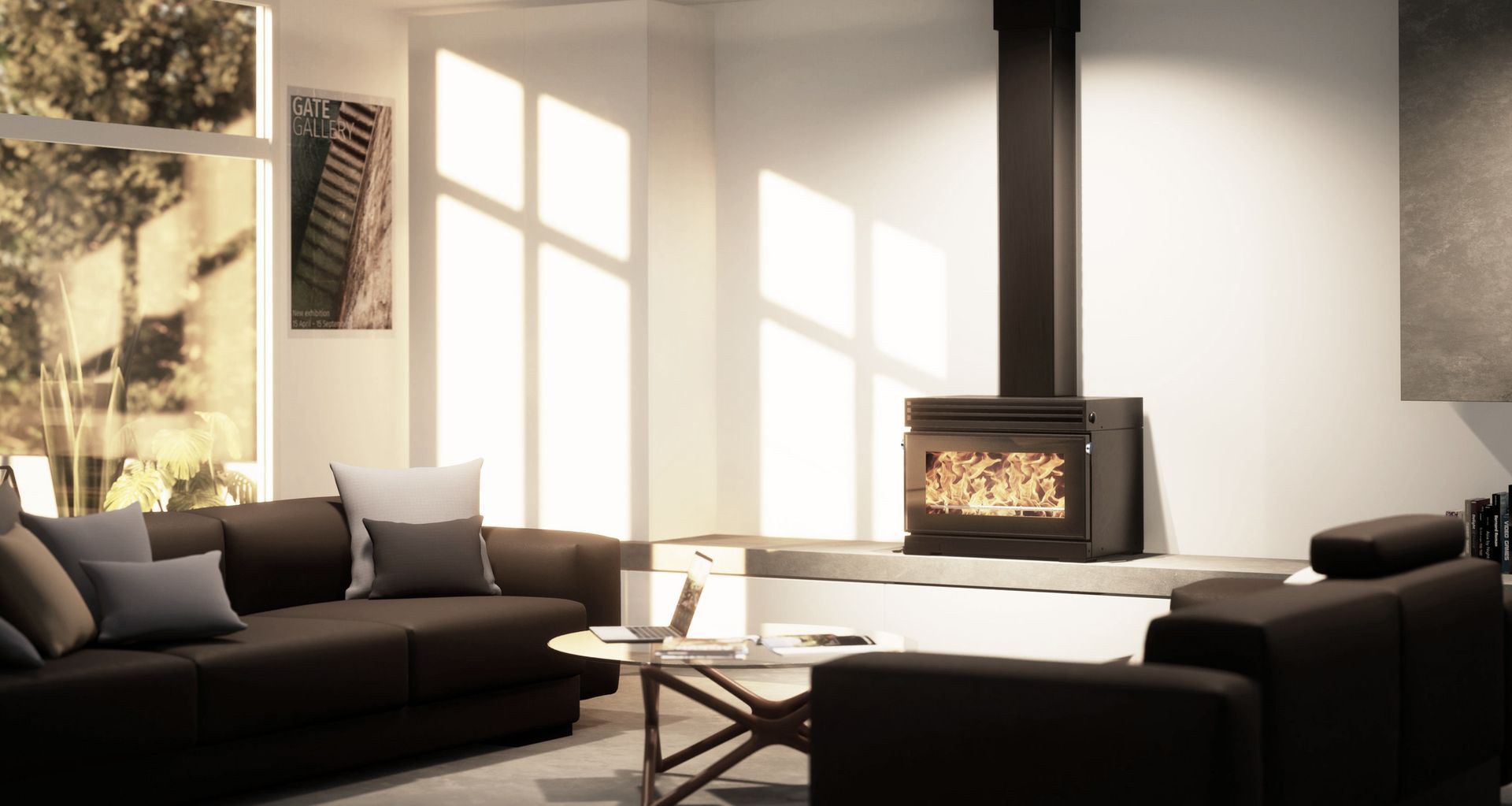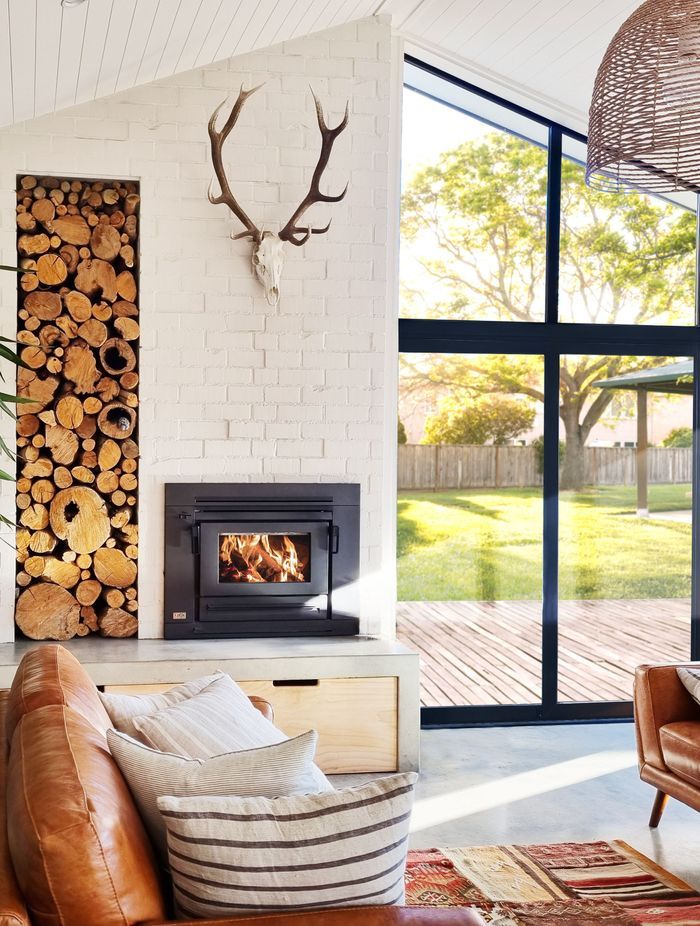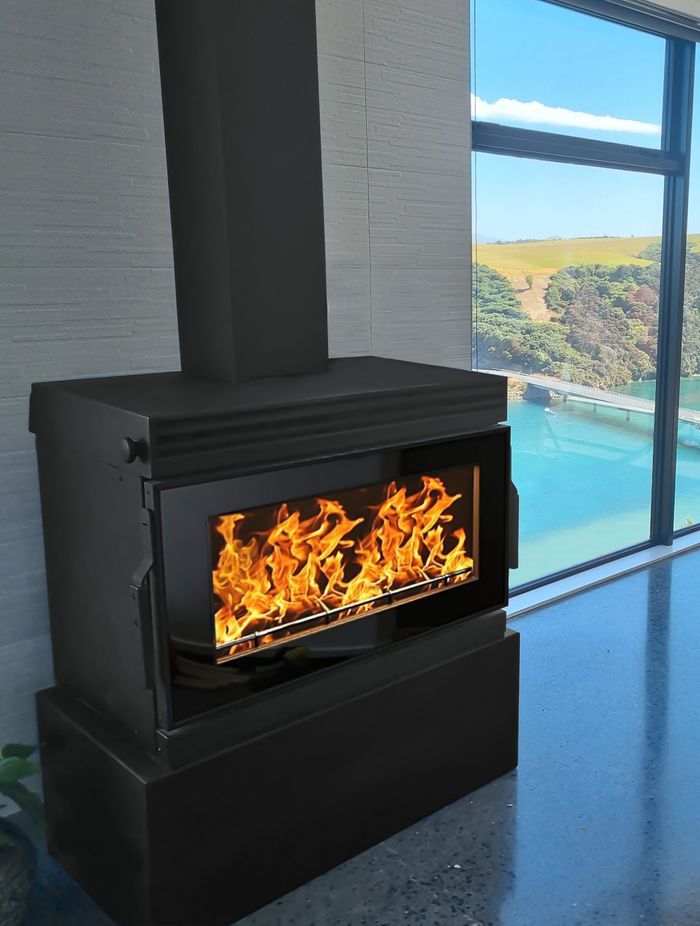At Yunca, efficient, clean-burning fireplaces run in the family
Written by
30 April 2023
•
4 min read

“My family was living in a 100-year-old Southland home during winter, and it was obviously extremely cold, especially for my older sister, who was a newborn at the time. So my father, who was an engineer, went out and fabricated a wood-burning fireplace, installed it in the house, and it transformed the family home.”
Karyna Young, CEO of the family business Yunca, wasn’t born when her father built the first fireplace that would kick start his career in solid fuel heating, yet she knows the story well.
“After viewing the fire, a friend of his said ‘Hey, that’s an amazing fire, you should take it to the local A&P show’. So he took one to the A&P show, and that weekend he sold 150 fireplaces, with payment upfront for all of them.
“He knew he could make one a week, so he calculated that was about three years of work. At that stage he branched out and started employing some really great people.”
That was in 1977, and now, 45 years later, Yunca carries a range of indoor wood-burners, hybrid multi-burners, outdoor fireplaces, and wood-burning cook stoves — with the majority of these products manufactured in New Zealand.

Achieving a clean burn
New Zealand is home to some of the cleanest burning fireplaces in the world, thanks to legislation that dictates all wood fires must not exceed 1.5gm of emissions per every kilogram of fuel burnt. For Yunca, it’s a source of pride.
“Manufacturers in this country have been striving to reduce emissions for many years now,” Young says.
And, while the design of the fire itself plays an important part in achieving a clean burn, Young says the fuel you use is equally important.
“You can have two identical fires, both super clean and efficient, but you put two different types of wood in there, and you’ll get very different results — one will have huge emissions, and one won’t,” she explains.
“The key is well-seasoned wood, that means it’s cut well in advance, and it’s nice and dry. You can buy a moisture metre from any hardware store, plug it into your timber, and it’ll tell you how wet it is. If it’s too wet, we recommend leaving it to dry for another year.”
This is because wet wood creates an incomplete combustion, Young says. Fire needs heat, oxygen, and fuel to burn, however, if your fuel component contains too much moisture, it can create creosote condensation, which is where the emissions start to increase.
With every Yunca fireplace sold, the team offers their expert advice on wood type and storage to help you achieve a clean burn.


Total home heating
One of the misconceptions about fireplaces is they are less efficient at heating your entire home than other heating methods. Yunca’s Tommi fireplace, offering the highest heat output of their range, proves this to be false. With capacity to heat up to 300 square metres, this fireplace is ideal for large households.
“The Tommi is a very large, beautiful fire, but you’ve also got great control over it, so you could have a small fire going in there and still get excellent heat output. With a lot of other fires, you can’t do that, because they need to be sufficiently loaded.
“It has a fan assist and a heat exchanger built in that pushes the heat throughout the room. Most people who purchase Tommis are also installing heat transfer kits, so they can enable the heat to move from the primary room down the hallway, into the bedrooms or office,” Young explains.
For those looking for a clean, efficient heating solution for their home, Yunca wood-burners certainly tick the boxes.
Learn more about Yunca fireplaces.